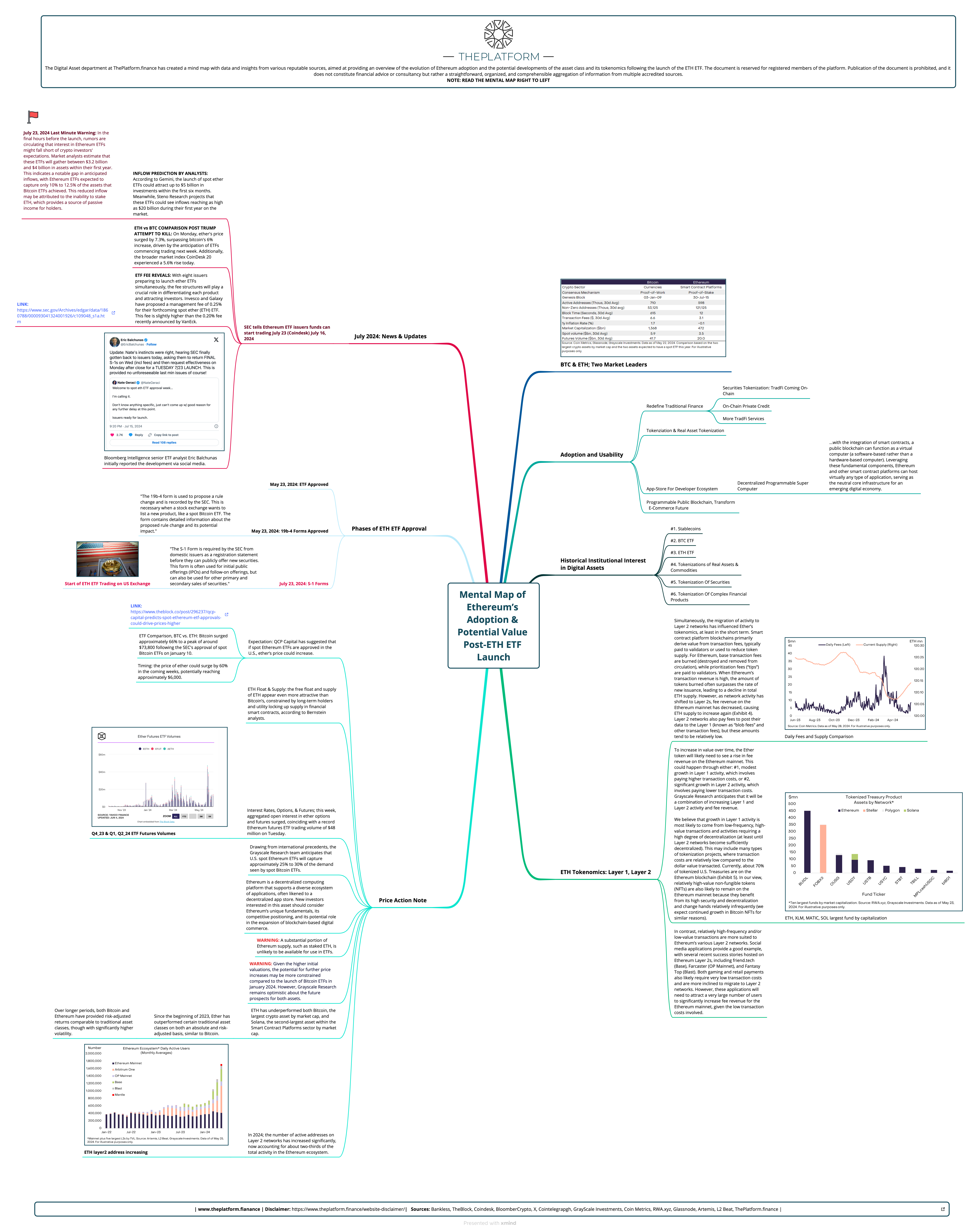About AMCs
Actively Managed Certificates (AMC) are structured financial products, more precisely Tracker Certificates, which replicate the performance of an underlying strategy.
The AMCs have an ISIN code and can be listed on regulated markets. This allows to purchase them on the primary market in which it will be possible on the one hand to subscribe to the instruments at the time of the issue and on the other hand to negotiate on the secondary market of the instruments already issued and listed.
Based on the underlying assets and strategies that these instruments replicate, AMCs can be accessible to both institutional and qualified investors, as well as retail investors.
The underlying asset corresponds to a synthetic index and can be weighted on different asset classes.
The synthetic index underlying the AMC is constructed in order to replicate a specific investment strategy, chosen a priori.
AMCs are characterized by discretionary or algorithmic management of the underlying assets.
Investing in an AMC means investing in an active investment strategy, which can be rebalanced over time according to changes in markets and economic conditions.
Possible Asset Underlying
The versatility of the AMCs is given by the possibility of building a synthetic index, composed of different asset classes, also mixable with each other, such as:
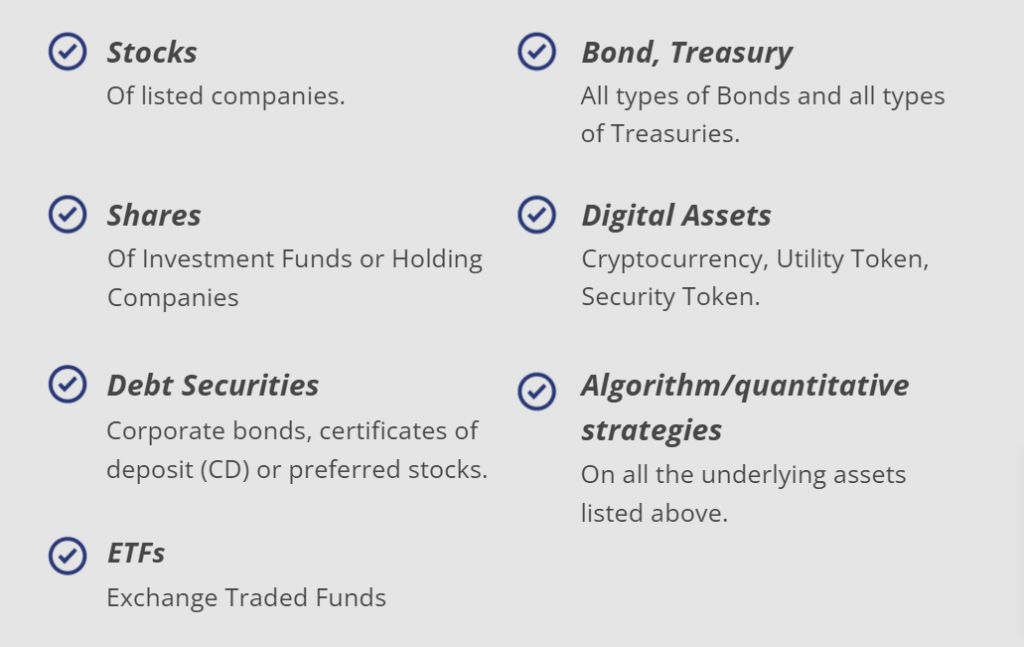
The characteristic that unites all the “wrapped” asset classes in an AMC is the possibility of applying them to the same dynamic management.
Structuring Phases
In the infographic you can see the 3 main phases of the structuring process of the Actively Managed Certificates (AMC).
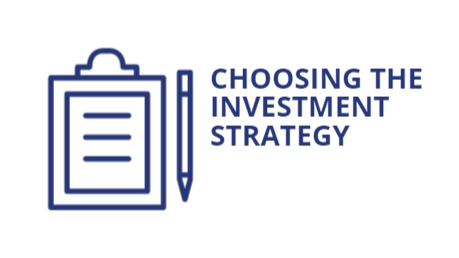
- Criteria for the selection of the index components
- Investment strategy guidelines
- Applicable leverage (if any)
- Choice of the AMC Advisor, responsible for the strategy and the cost definition of the tool
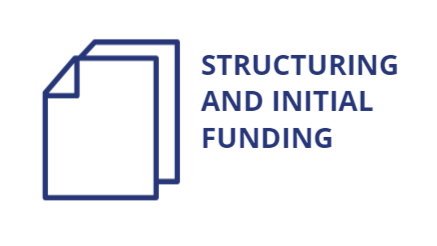
- Identification and choice of the issuing financial company
- Drafting of the official documentation (term sheet) containing the features of the instrument
- This operation has as its objective the admission to trading of the AMC on the regulated market
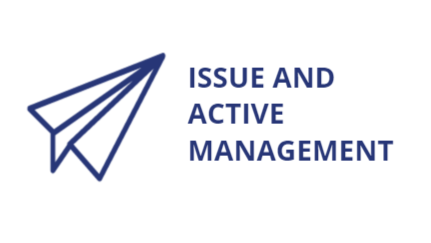
- Product placement and listing on a regulated market
- Initiation of the investment strategy and rebalancing according to market situations
- Calculation of NAV, payment of performance fees (monthly / quarterly), cost amortization
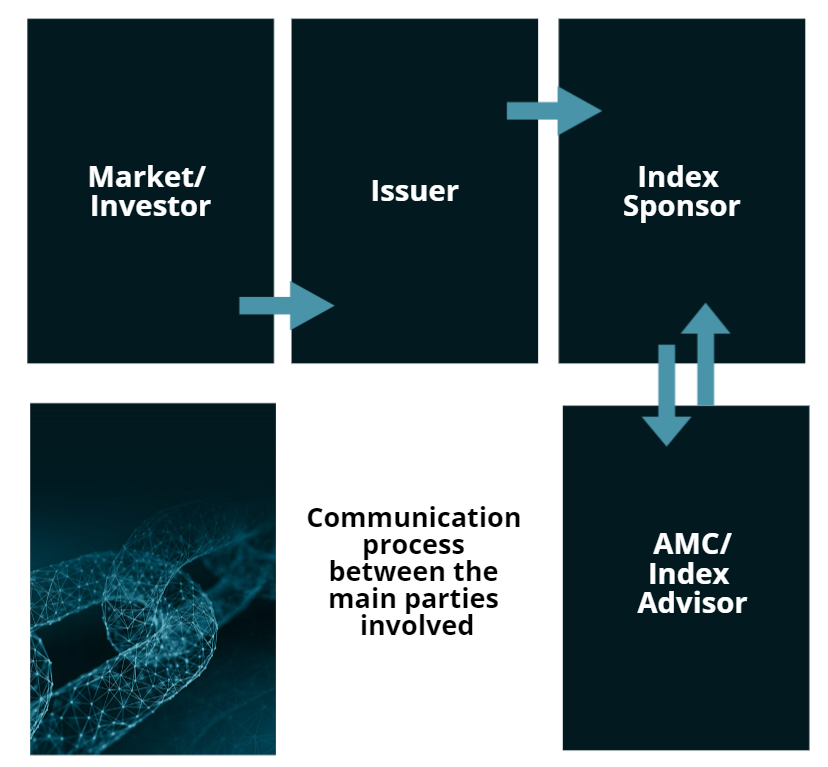
Issuing Company: who is, what does
- Regulated financial company, responsible for securitization: this operation consists in the construction of the certificate containing the chosen strategy and its transformation into a negotiable instrument on the market.
- It deals with the issue of the AMC on the primary market and the management of negotiations (as market maker) on the secondary market.
- It calculates the NAV (Net Asset Value), the price of the instrument necessary for its purchase, evaluation and sale. The price of the instrument aggregates variables such as: Management fee, Performance fee, Nav spreads.
- Provides investors (as market maker) with daily access to performance, NAV and all official documentation.
MAIN AMC ISSUING COMPANIES:
- Citibank
- Vontobel
- Leonteq
- Cirdan Capital
- Marex
- IMAP Capital
Index Sponsor: who is, what does
- The Index Sponsor can be the issuer itself or an entity outside the issuer, authorized for the AMC formalization. Defines the composition of the index underlying the AMC and the investment strategy on the basis of which it actively administers the index.
- May engage the AMC/Index Advisor for the composition of the index and the definition of the strategies underlying it.
- Based on the market situation and the strategy defined together with the AMC/Index Advisor, the Index Sponsor can decide at any time whether to maintain or change the composition of the index and, therefore, whether to vary the strategy underlying the AMC.
- It must have an adequate infrastructure for the administration of the investment strategy and professional qualifications, necessary for such activity.
- The performance of an AMC is closely related to the performance of the underlying index and depends on the ability of the Index Sponsor and the Index Advisor to implement (synthetically) the investment strategy.
Relationship Between Issuer and Index Sponsor
- The relationship between Issuer and Index Sponsor (which in some cases may coincide) must be made explicit to investors, in an understandable form, in the product’s official documentation (term sheet).
- The Index Sponsor must fulfill the commitments made and meet regulatory requirements. Possible conflicts of interest must also be made explicit. If these cannot be avoided through the implementation of organizational precautions, such conflicts of interest must mandatorily be disclosed in the official product documentation.
- The Index Sponsor must constantly comply with the declared investment strategy.
AMC Strenghts
- All costs are clearly and transparently declared by the issuer and the Index Sponsor in the Term Sheet of the product; furthermore, it is possible to affect them during the structuring phase.
- The cost structure is generally lower than traditional investment funds.
- High versatility, giving the possibility to invest in many different asset classes.
- Great speed in structuring, guaranteeing the creation of the product, listing it on a regulated market and starting fundraising on average in 5 weeks.
- Greater accessibility to investment strategies and assets (including illiquid), since, given the increase in the number of listed instruments and the volatility of these markets, a secondary market is created in which investors can trade these AMCs, even if they have underlying asset not easily tradable.
- They provide access to unconventional asset classes and investment strategies (digital assets, properties, alternative strategies) through a regulated framework.
Risk considerations
The AMC (Product) provides exposure to an actively managed Index advised by the Index Sponsor. The Index Sponsor has a significant scope of discretion in terms of the Index composition and will determine the initial composition of the Index and subsequent adjustments thereof. The performance of the Index and hence the Product depends, inter alia, on the quality of the Index Sponsor’s investment decisions. Investors need to conduct their own due diligence with respect to the Index Sponsor.
In addition, investors might be exposed to the following risks:
- Foreign Exchange Risk, it refers to te losses that an international financial transaction may incur due to currency fluctuations;
- Interest Rate Risk, is the potential for investment losses that can be triggered by a move upward in the prevailing rates for new debt instruments;
- Credit Risk, that is the ability of the Issuer to meet its obligations under the Product will depend on, amongst other things, the receipt by it of payments of interest and/or principal (or other) from the Components;
- Early Termination Risk, as the Issuer may call the Product in accordance with the provisions as set forth in the Product documentation;
- Illiquidity Risk, as one or more of the Components might be or become illiquid over the life time of the Product.
Comparison AMC vs MUTUAL FUND vs ETF
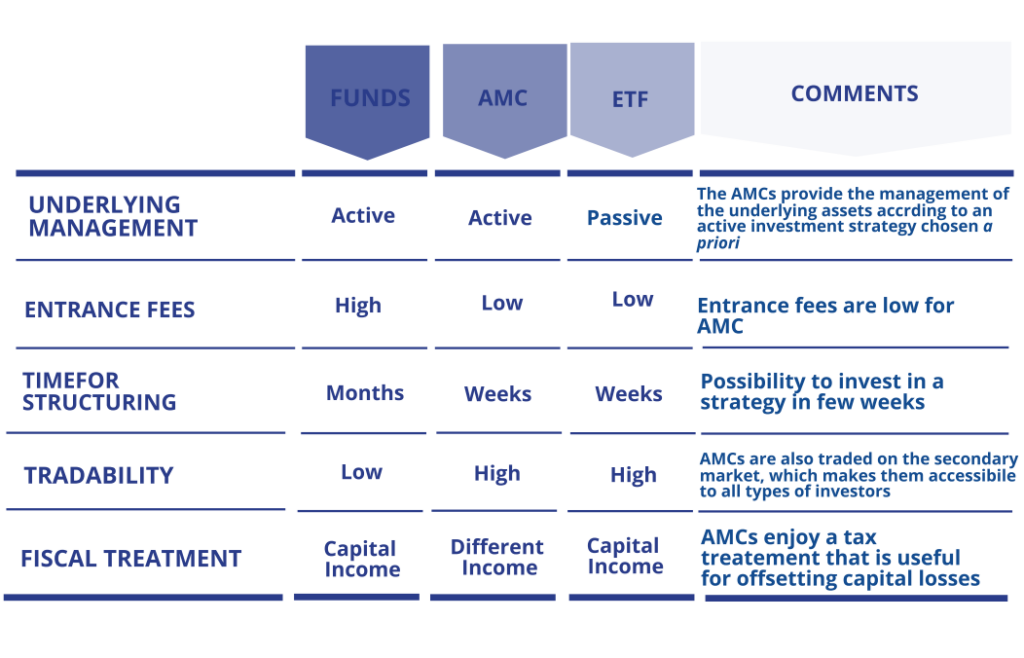
Analyst’s Comment
AMCs are flexible instruments, able to combine the strengths of structured products (favorable tax treatment, lower entry thresholds, speed in issuance, more efficient cost structure) with those of investment funds (possibility of diversifying the portfolio and adapting it to various market conditions), representing an interesting and unique opportunity for both institutional and retail investors.


